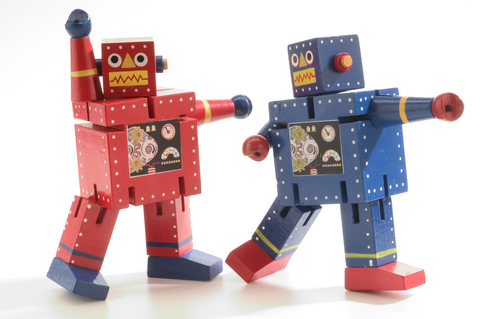Not too long ago, I was sitting at a lunch table in a faculty room. A discussion began about the way the young people of today use technology. The seasoned teachers chirped away about how this generation is a group of individuals who do not have the etiquette and finesse of generations past. It was all about “us” and “them.”
“We had it so hard and they have it much easier.” Bla, bla, bla ……
As I listened and munched on my sandwich, I just couldn’t help smiling. I thought, Hmm … Do they really know what they sound like? The same could have been said of the children of the 60’s and the 70’s; THEIR generation. When conversations begin like this, I usually keep my thoughts to myself. Ten minutes into the conversation, these educators woke up to the fact that I was sitting at the table with them. Intrigued by my silence, they asked, “Sister, what do you think?”
I answered, “Do you really want my opinion? I might make you think.” They shot side glances at each other and then encouraged me to voice what was on my heart.
We’re on the cusp of something totally new
What so many are saying about the youth of today — could the same have been said about us when we were their ages? Are we judging students with an understanding from our time, not theirs? “What will the future hold?” and “How will they lead us into that?” are two questions that every older generation has asked of the generations after them. History does repeat itself. Our urgent questions and concerns of today, though, give voice to the fact that we are on a cusp of something completely new and untried.
It seems to me that as the future becomes present, a certain type of leader will rise to the surface. The demands that the future brings will shape leaders who are ready to walk down the path prepared for them. The youth of today are not so different than we were at their ages. But there is one very big difference, one “toy” we never had. It’s digital technology and it brings about new ways of being “present” in the world that very few of us imagined even 25 years ago.
The use of IM, chat rooms, mobile technologies and social networking is shifting the modes of communication and learning in profound ways, whether or not we adults fully realize it. A perfect example of this can be seen in the Disney movie WALL-E (2008) as it describes the sad fate of the future of humankind. In that movie, the only human communication takes place through some kind of technology. The result is a complete lack of personal face-to-face exchange of ideas. It takes WALL-E, a sanitation robot, to “shake up” the status quo. He shows his example what the face-to-face exchange of ideas is all about.
Dance to the music that’s playing
Face to face conversations are part of how human beings have interacted since the beginning of time. They will never go away even though the barrage of technology greatly expands how we communicate with one another. That said, I believe educators need to teach both ways of communication to students. We are obliged to do this because, as educators, we are preparing our students for the jobs of the future — and for lives in a digitally shifted world.
 All this reminds me of the nuances of dance. Are the polka, tango or foxtrot better than the minuet, square dance, or waltz? Ultimately, no! They are just different, not better or worse. But each of these dances has certain movements, certain “rules,” that are unique to them. Any well-versed dancer knows what dance to dance — what rules to follow — when he or she simply hears the music.
All this reminds me of the nuances of dance. Are the polka, tango or foxtrot better than the minuet, square dance, or waltz? Ultimately, no! They are just different, not better or worse. But each of these dances has certain movements, certain “rules,” that are unique to them. Any well-versed dancer knows what dance to dance — what rules to follow — when he or she simply hears the music.
As educators of 21st century learners, we need to be able to articulate the rules of the dance of technology and the dance of face-to-face communication. It is much better if we teach our students these rules in the safety of the classroom rather than by trial and error on the playground or buses or streets.
So, instead of bemoaning that the youth of today have little or no couth and are totally connected by technology to the detriment of face to face relationships, let us teach them the expectations that prior generations have for every kind of human communication. Instruct them in the proper etiquette of talking to an adult or a respected person. Discuss with them not only the appropriate use of technology but the careful choice of vocabulary as we leave our footprints in the digital sands.
Broaden their vision with your understanding of their world. If that world is way beyond your knowledge, leverage some assistance from another educator. We are building a foundation for the future if our dialog with young people is open and truthful rather than guarded and authoritarian. Their world is indeed better if we are engaged within it! Dance away!
Images: Dreamstime; BigStock
Sr Geralyn Schmidt
Latest posts by Sr Geralyn Schmidt (see all)
- Virtual Integrity and the Digital Citizen - April 27, 2019
- Eight Aspects of Good Teaching - December 4, 2013
- Does Your School Need a Culture Re-Boot? - August 15, 2013



Nice Article, I love chatting, and I´ll definitely use the chat widget for my blog, but what about video chat is that possible to include in a widget?!